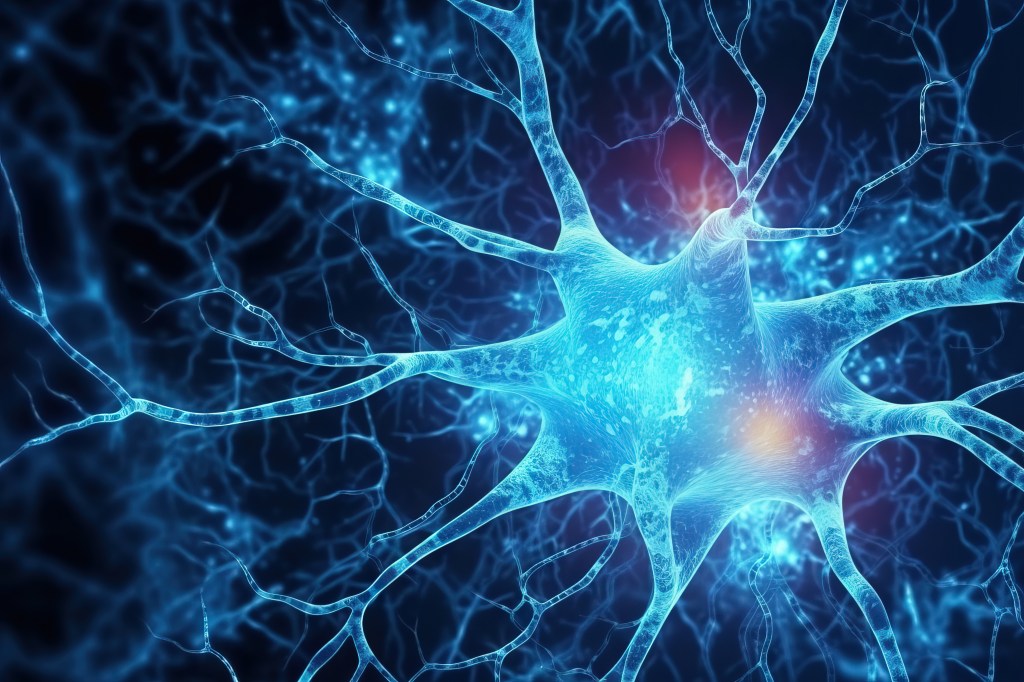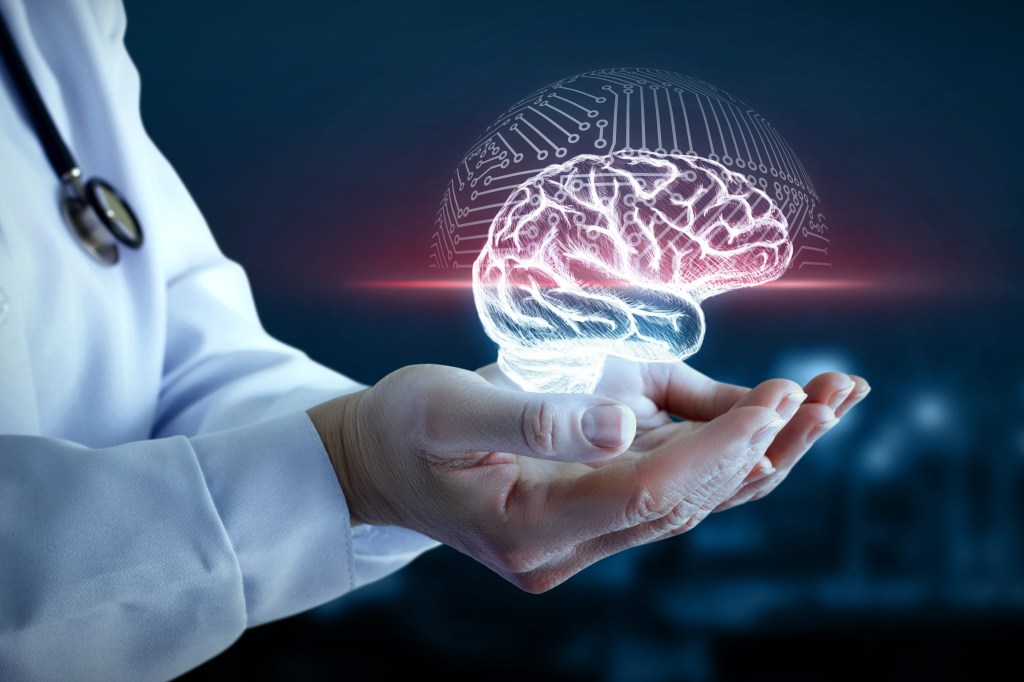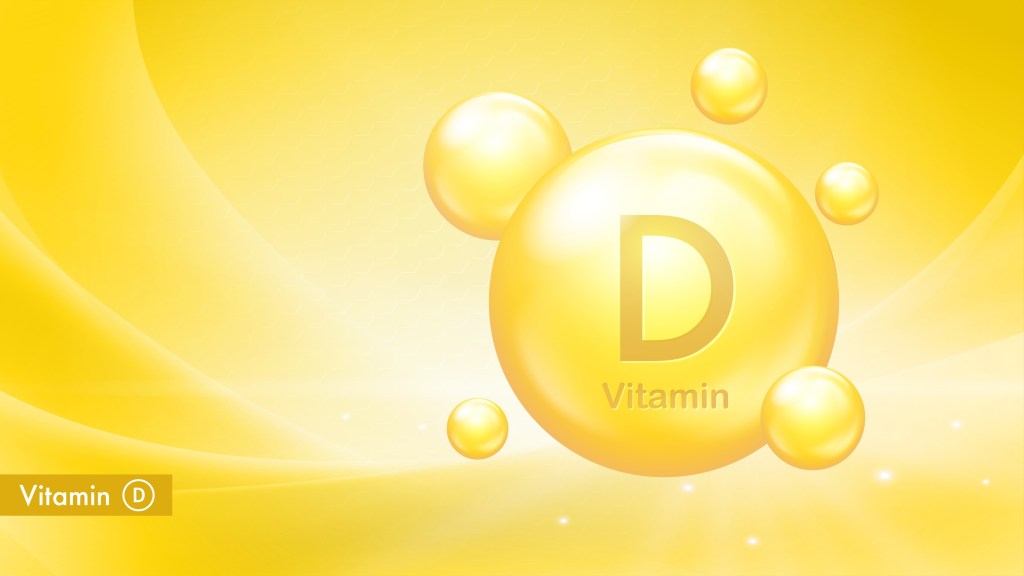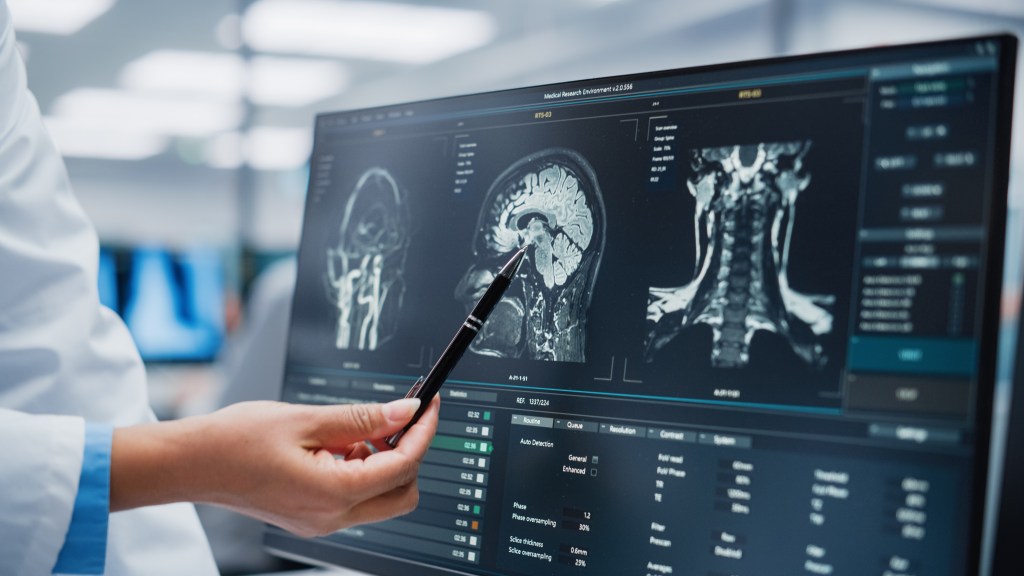At a glance
Parkinson’s disease is a progressive neurological disorder that affects movement, cognition, and various involuntary functions throughout the body. While its exact cause remains unclear, it’s believed to involve a mix of genetic influences and environmental exposures. Because it impacts multiple vital systems, early awareness and supportive lifestyle habits may help maintain day-to-day function and slow symptom progression.
What is Parkinson’s disease, and can it be managed?
Parkinson’s disease is a progressive neurodegenerative movement disorder that can also cause sleep problems, impaired cognitive functions, poor mood regulation, and postural instability.
Discover the causes and symptoms of Parkinson’s disease and learn how dietary and lifestyle changes can support central nervous system functions and motor skills.
What is Parkinson’s disease?
Parkinson’s disease is a progressive nervous system disorder that primarily affects motor functions and can also trigger non-movement-related symptoms.
It’s believed to develop when nerve cells in a part of the brain called the substantia nigra begin to deteriorate. These nerve cells produce chemical messengers, especially dopamine, which is crucial for controlling coordinated movement and balance.
In those affected by Parkinson’s, a sudden drop of dopamine can lead to a range of symptoms such as tremors, rigidity, instability, and slowness.
In addition, a report published by the National Institute of Neurological Disorders and Stroke (NINDS) highlights that individuals with this disease often have impaired production of the neurotransmitter norepinephrine.1
The lack of adequate norepinephrine release is believed to contribute to symptoms of Parkinson’s that aren’t related to movement, such as blood pressure changes and difficulties thinking.
Stages of Parkinson’s
Parkinson’s disease typically begins around the average age of 60, although some individuals may experience early onset before the age of 50.
Parkinson’s disease progression is classified into five official stages:
- Stage 1: Mild tremor or stiffness, typically affecting one side of the body
- Stage 2: Movement problems affecting both sides of the body
- Stage 3: Onset of balance difficulties and postural instability, increasing the risk of falls
- Stage 4: More significant motor symptoms that limit mobility and independence
- Stage 5: Severe disability, characterized by the inability to walk or stand without help
Watch the video below to learn more about the causes of Parkinson’s disease.
Symptoms of Parkinson’s disease
Parkinson’s symptoms typically include a combination of movement problems and other symptoms affecting both physical and non-motor functions.
Here are common symptoms associated with Parkinson’s:
- Muscle stiffness
- Pill rolling tremor in the hands
- Slow movements
- Balance problems
- Shuffling gait
- Cognitive issues
- Mood changes
- Constipation
- Weakness and fatigue
Early warning signs
Subtle changes in handwriting and dexterity, as well as fatigue and slowed facial expression, can be early warning signs of Parkinson’s that shouldn’t be ignored.
In addition, non-motor symptoms such as mild cognitive issues, blood pressure fluctuations, orthostatic hypotension, sexual dysfunction, and the development of seemingly unrelated sleep disorders can appear long before motor symptoms develop.

Causes of Parkinson’s disease
The onset of Parkinson’s disease is believed to be triggered by a combination of genetic and environmental factors that cause the development of abnormal protein clumps called Lewy bodies in the brain.
These protein structures disrupt nerve cells that produce dopamine and norepinephrine, impairing movement control, cognition, and mood regulation, all classic symptoms of Parkinson’s disease.
Evidence published in StatPearls suggests exposure to certain toxins, such as herbicides and pesticides, can lead to oxidative stress and cell damage in the central nervous system, greatly increasing the risk of developing Parkinson’s disease.2
Risk factors
Although much remains unknown about what exactly triggers Parkinson’s disease, several factors have been identified that may increase the risk of developing this neurodegenerative disorder.
Risk factors of Parkinson’s include:
- Family history
- Head trauma
- Exposure to agricultural chemicals
- Prolonged consumption of contaminated well water
In addition, men are more likely to develop Parkinson’s, possibly due to differences in the composition of spinal fluid, which may influence how effectively the body can clear harmful protein aggregations that can affect nerve cells.

How is Parkinson’s treated?
While there’s no cure for Parkinson’s, various treatment options are available to manage symptoms and improve quality of life.
Levodopa, a pharmaceutical drug that helps increase dopamine levels and reduce motor symptoms, is the most common approach.
In addition, physical and speech therapy, as well as regular exercise, play an important role in mitigating symptoms and slowing disease progression.
In more severe cases, deep-brain stimulation may be recommended, which is a surgical procedure that uses implanted electrodes to regulate abnormal brain activity.

Diet and lifestyle tips
Making the right dietary choices and implementing beneficial lifestyle changes can play a significant role in slowing disease progression and preserving mobility.
Here are five diet and lifestyle tips for supporting central nervous system functions.
1. Follow a nutritious low-carb diet
A ketogenic diet limits carbohydrate intake to no more than 50 grams daily, which shifts the body into a metabolic state called ketosis.
During ketosis, the body burns fat instead of sugar for energy, producing large amounts of ketones, a group of organic compounds that serve as a highly efficient alternative fuel source.
“Brain cells can effectively use ketones for energy, which may explain why ketogenic diets have shown benefits for individuals with neurodegenerative diseases such as Parkinson’s and Alzheimer’s disease,” explains Dr. Berg.
In fact, evidence published in Neurodegenerative Disease Management found that a low-carb diet adopted during the early stages of Parkinson’s helped mitigate various symptoms.3
The authors concluded “A 24-week ketogenic diet in adults with Parkinson’s disease positively influenced gait and mobility, self-care, socialization, depression and anxiety, and improved biomarkers of general health.”
Healthy Keto®, an optimized version of traditional low-carb diets, may offer additional benefits as it emphasizes minimally processed, nutritious whole foods while avoiding added sugars and processed foods.
This dietary pattern not only supports sustained energy levels, but also helps reduce neuronal inflammation and provides essential nutrients that promote brain health and overall well-being.

2. Choose organic produce
Choosing organic and non-genetically modified (GMO) produce whenever possible helps reduce exposure to pesticides and chemicals associated with Parkinson’s.
Research published in Internal Medicine supports this, highlighting that glyphosate, a common herbicide widely used in agricultural farming operations, has been linked to an increased risk of Parkinson’s disease.4
In addition, organic produce, as well as grass-fed beef, pasture-raised eggs, and wild-caught fish, typically offer more essential nutrients than conventional options, providing better support for brain and nervous system health, which is crucial in managing Parkinson’s symptoms.
3. Incorporate gentle stretching
Gentle stretching can help improve flexibility, reduce muscle stiffness, and support better movement in Parkinson’s.
Staying physically active supports mental health, and activities such as swimming, walking, and strength training can help mitigate muscle mass loss and can slow disease progression.
However, because low blood pressure and balance problems are common issues, it’s important to consult with a certified personal trainer or physiotherapist who has experience with Parkinson’s disease to create a safe and effective workout routine tailored to your needs.

4. Support optimal vitamin D levels
A study published in Neurology found that a large proportion of individuals with Parkinson’s have vitamin D deficiency, suggesting a potential link between this essential nutrient and disease progression.5
Vitamin D plays a vital role in brain health, inflammatory balance, and dopamine release, all of which are vital to supporting central nervous system functions.
To support optimal vitamin D levels, it’s crucial to get 10 to 30 minutes of sunlight exposure several times a week, depending on skin type and geographical location.
In addition, it’s recommended to consume plenty of vitamin D-rich foods, such as oily fish, including salmon, mackerel, and sardines, as well as organ meats, egg yolks, and grass-fed butter.
5. Manage stress levels
Managing stress is vital for individuals with Parkinson’s, as stress can worsen both motor and non-motor symptoms, including tremors, cognitive difficulties, and sleep issues.
Gentle stretching routines, spending time in nature, connecting with loved ones, and deep breathing techniques can help mitigate day-to-day stressors and improve overall well-being.
6. Prioritize rest and quality sleep
Getting enough rest and prioritizing good-quality sleep is essential. Poor sleep can worsen Parkinson’s symptoms such as fatigue, memory problems, and impaired motor control.
Scheduling enough downtime, establishing a consistent bedtime routine, and creating a calm, comfortable sleep environment can help improve sleep quality, promote relaxation, and support overall brain health.

When to talk to your doctor
If you notice sudden or persistent symptoms such as unexplained tremors, muscle stiffness, changes in movement, or sleep disturbances, it’s important to consult your doctor.
Early signs such as trouble thinking, mood changes, or difficulty with balance or dexterity also warrant medical evaluation.
Your doctor can perform a thorough assessment and may order tests to identify biomarkers or genetic mutations that could indicate Parkinson’s disease or other neurological conditions.
Accurately diagnosing Parkinson’s disease is crucial, and it’s important to consult a healthcare provider immediately if you show signs or symptoms of this disorder.
In addition, the Parkinson’s Foundation offers valuable resources and support groups for patients and family members to help navigate the disease and access care.
Key takeaways
- Parkinson’s disease is a progressive neurological disorder that affects movement, cognition, mood, and various non-motor functions.
- It’s linked to the loss of dopamine-producing neurons and may involve genetic factors, environmental exposures, and abnormal protein buildup in the brain.
- Common symptoms include tremors, stiffness, slowed movement, balance changes, sleep disturbances, and early non-motor signs such as fatigue or subtle cognitive shifts.
- While there’s no known cure, symptoms can be managed with medications, therapies, and supportive lifestyle habits such as a nutrient-dense low-carb diet, regular physical activity, and adequate rest.
- Vitamin D deficiency is common in individuals with Parkinson’s, and maintaining optimal levels is crucial for supporting brain and nervous system health.
FAQ
What is Parkinson’s disease?
Parkinson’s disease is a neurodegenerative disorder characterized by the progressive loss of dopamine-producing nerve cells in a part of the brain called the substantia nigra. This loss disrupts movement control and can affect mood, cognition, blood pressure regulation, and sleep.
Can Parkinson’s disease be cured?
No, there currently isn’t a cure for Parkinson’s. However, a combination of medical treatments and lifestyle changes can help manage symptoms and improve quality of life.
Following a nutritious low-carb diet such as Healthy Keto®, choosing organic produce whenever possible, maintaining optimal vitamin D levels, and prioritizing rest and sleep are excellent strategies to mitigate and manage Parkinson’s disease symptoms.
What foods should people with Parkinson’s avoid?
Those with Parkinson’s should limit ultra-processed foods, refined carbohydrates, added sugars, and highly processed seed oils. These foods and ingredients can promote inflammation and oxidative stress within the central nervous system, which can worsen symptoms of Parkinson’s disease.
What is the life expectancy of a person with Parkinson’s disease?
The average life expectancy of individuals with Parkinson’s is close to that of healthy individuals.
However, Parkinson’s increases the risk of falls and immobility, which can lead to various health issues that may result in complications and a shorter lifespan, such as fractures, infections, and blood clots.
Sources
- https://www.ninds.nih.gov/health-information/disorders/parkinsons-disease ?
- https://www.ncbi.nlm.nih.gov/books/NBK470193/ ?
- https://www.tandfonline.com/doi/full/10.1080/17582024.2024.2352394 ?
- https://pmc.ncbi.nlm.nih.gov/articles/PMC6663540/ ?
- https://www.neurology.org/doi/10.1212/WNL.0b013e3182a95818 ?











